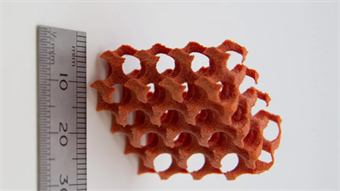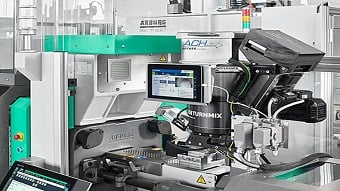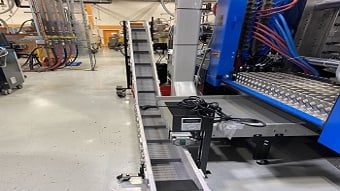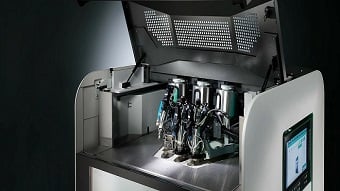New hydrogel self heals and shifts shape
S. Himmelstein | December 09, 2019A multifunctional shape‐changing hydrogel engineered at Australian National University has properties that  The shape-changing hydrogel is also self-healing. Source: Australian National Universitymimic living tissue, making the self-healing material of potential value for medical and soft robotics applications.
The shape-changing hydrogel is also self-healing. Source: Australian National Universitymimic living tissue, making the self-healing material of potential value for medical and soft robotics applications.
A combination of acid-ether hydrogen bonding and imine bonds yields a jelly-like material featuring high water uptake, high strength and toughness, excellent fatigue resistance, fast and efficient self‐healing and programmable shape changing. Temperature control induces shape change and could lead to the use of the hydrogel as an artificial muscle.
According to associate professor Luke Connal, "Hydrogels are usually weak, but our material is so strong it could easily lift very heavy objects and can change its shape like human muscles do. This makes our hydrogel suitable for artificial muscles in what we call soft robotics.
"Our hydrogel's ability to self-heal, as well as its flexibility and strength, make it an ideal material for wearable technology and various other biomedical devices."
The researchers plan to now use the hydrogel as the basis for a 3D printable ink.




